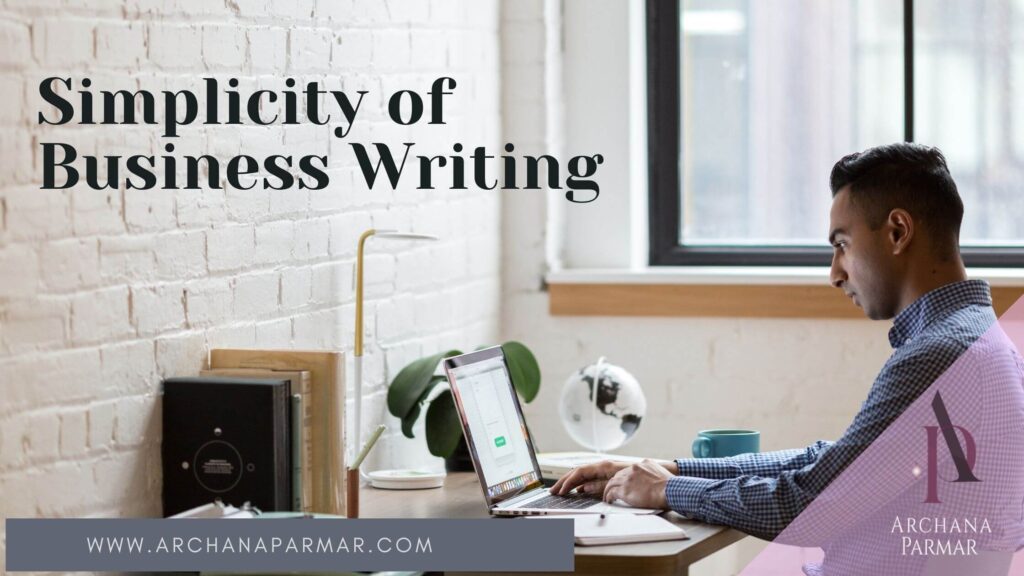Top 11 Communication Skills for Your Workplace Success
Want to distinguish yourself from the crowd? The top communication abilities that hiring managers and recruiters look for in a resume and cover letter are listed below. You’ll leave a good first impression if you emphasise these abilities and use them in job interviews. Once you’re engaged, keep honing these abilities, and you’ll amaze your audiences, because we know that effective communication skills are a catalyst for professional growth. How to develop communication skills? Well, by reading and implementing these. 1. Listening One of the finest ways to communicate effectively is to be a good listener. Nobody enjoys conversing with someone who simply wants to add her two cents and doesn’t give the other person a chance to speak. It will be challenging to understand what you’re being asked to do if you don’t listen well. Active listening is the practice of preparing to listen, observing what verbal and non-verbal messages are being sent, and then providing appropriate feedback for the sake of showing attentiveness to the message being presented. This form of listening conveys a mutual understanding between speaker and listener. (Wikipedia). 2. Empathy Even if you don’t agree with an employer, coworker, or employee’s viewpoint, it’s still crucial for you to comprehend and appreciate it. Simple expressions like “I get where you are coming from” can be used to show that you have paid attention to the other person and value their viewpoints. Empathy is the capacity to understand or feel what another person is experiencing from within their frame of reference, that is, the capacity to place oneself in another’s position. (Wikipedia) 3. Open-mindedness Any communication should be approached with a flexible and open mind by a good communicator. Instead of just getting your point over, try to understand and listen to what the other person is saying. You will be able to engage in more honest, fruitful talks if you are willing to speak with people you disagree with. Being open-minded entails being responsive to a wide range of concepts, claims, and data. Being open-minded is typically regarded as a virtue. It is essential for critical and logical thinking. This does not imply that having an open mind is simple. When we receive new information that contradicts our existing views, being open to new ideas and experiences can occasionally cause discomfort and emotional conflict. Learning and developing personally depend on one’s capacity to modify and revise out-of-date or false views. 4. Choosing the Best Medium Simply knowing which form of communication to employ is itself a crucial communication skill. For instance, it is nearly always preferable to have significant meetings in person about things like layoffs, compensation adjustments, etc. You should also consider the person you want to speak with; if they are extremely busy (like, maybe, your boss), you might choose to send your message via email. People will value your considerate communication style and are more inclined to respond favourably to you. Sign up to gain access to Free Webinar Webinar on Assertive Communication, now for FREE Watch the webinar now Loading… Thank you! You have successfully joined our subscriber list. Apart from these, I would like to bring your attention to the- 7C’s of communication along with communication skills examples. 1. Clear/clarity: simplicity and organisation Purpose- When writing or speaking to someone, be clear about your goal or message. What is your purpose in communicating with this person? If you’re not sure, then your audience won’t be sure either. Implementation-To be clear, try to minimise the number of ideas in each sentence. The message should emphasize on a single goal at a time and shall not cover several ideas in a single sentence. People shouldn’t have to “read between the lines” and make assumptions on their own to understand what you’re trying to say. Clarity is best achieved through short, simple and fluent sentences and paragraphs. Each paragraph should describe only one idea, and paragraphs should be organized from »the big picture« at the beginning to greater detail towards the end. The last sentence in a paragraph should indicate the information in the next paragraph. Clarity is interconnected with the principle of completeness and concreteness. 2. Concise: get to the point Purpose- When you’re concise in your communication; you stick to the point and keep it brief. The speaker should avoid the lengthy sentences and try to convey the subject matter in the least possible words. Implementation- Are there any adjectives or “filler words” that you can delete? You can often eliminate words like “for instance,” “you see,” “definitely,” “kind of,” “literally,” “basically,” “I mean”, “in short”, “as stated before”, “due to the fact that”, “this is the first study”. Are there any unnecessary sentences? Have you repeated the point several times, in different ways? Conciseness means forming your message with the minimum number of words possible without invalidating the other 6 C’s. Conciseness is interconnected with the principles of concreteness and consideration. 3. Concrete: Specifics Instead of Generalizations Purpose: When your message is concrete, then your audience has a clear picture of what you’re telling them. Implementation: There are details (but not too many!) and vivid facts, and there’s laser-like focus. Your message is solid. The message should be clear and particularly such that no room for misinterpretation is left. All the facts and figures should be clearly mentioned in a message so as to substantiate whatever the sender is saying. Example, it is much better to say “In the review of the period from 2010 to 2015, A & B (2016) found that 75 % of publications from the research area of X reported on the phenomenon of Y”, than “The phenomenon of Y has become increasingly recognized in the recent years”. Avoid vague words and words with multiple meanings, such as “in the future”, “several”, “quickly”, etc. Concreteness diminishes the need to guess the meaning and the possibility of misinterpretation. Concreteness is interconnected with the principles of clarity, conciseness and consideration. 4. Correct: Facts & Proofreading Purpose: When your
Top 11 Communication Skills for Your Workplace Success Read More »










